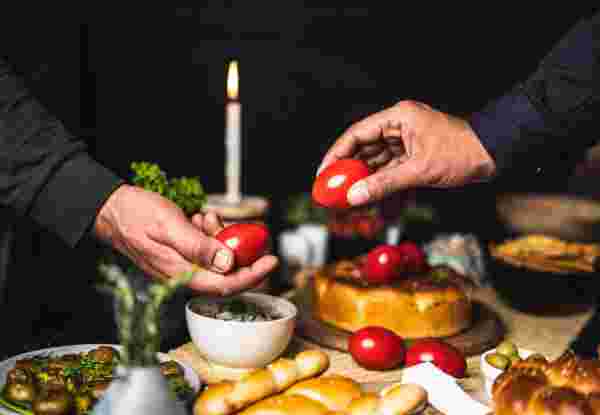Must-See Monuments in Greece: A Traveler’s Guide
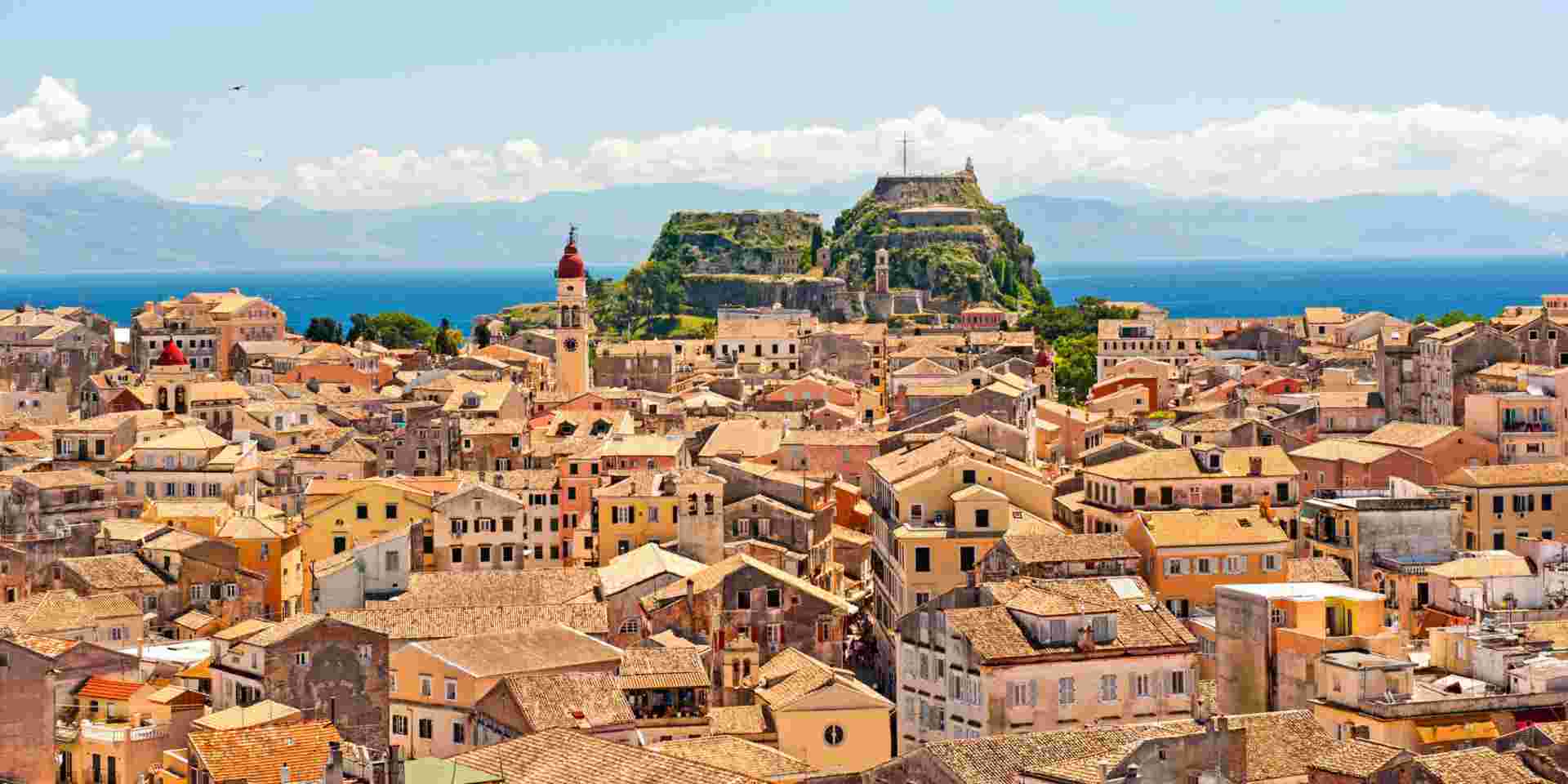
We will show you the key monuments in Greece. Each one shows how it affected art, buildings, and history. Ancient Greece is an important part of Western history. It draws many visitors because of its rich culture. It offers a special journey through history. You will be amazed by what ancient Greece left for us.
Since 1981, Greece has co-signed the UNESCO Treaty for the Protection of Monuments and World Heritage Sites. The goal of UNESCO is to protect against all kinds of decay and destruction so that they can be passed on to future generations. With the inclusion of the ancient theater of Philippi, the monuments of cultural heritage in Greece are now 18. Their beauty and importance are unique.
In this article, we present the cultural heritage monuments in Greece. Grab a pen and pencil and note down the ones you want to add to your travel list. Afterward, contact us here, and together we will plan the best itinerary around the cultural heritage monuments you chose.
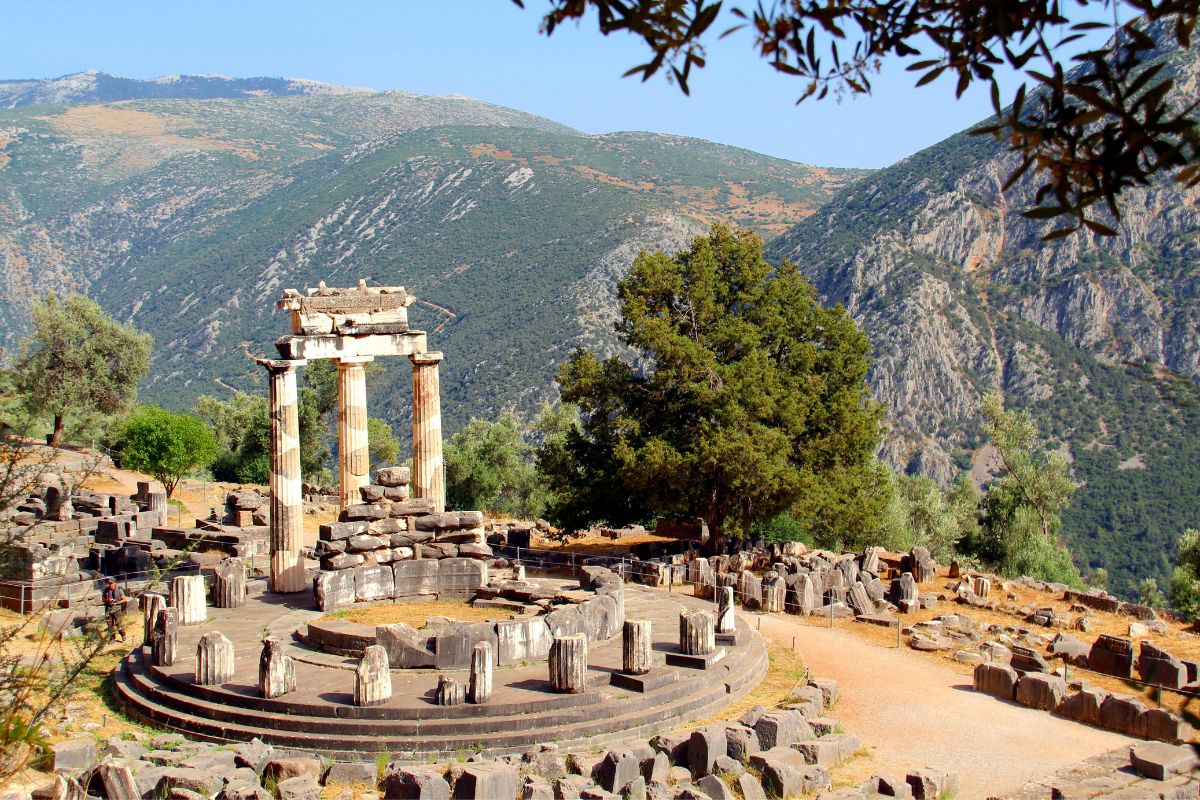
A Traveler’s Guide to the Must-See Monuments in Greece
Step into a land of myths and stories as we visit Greece’s iconic ancient sites. From the well-known Acropolis in Athens to the ancient ruins of Delphi, you will feel like you are traveling back in time. You will discover a time filled with gods, heroes, and the beginnings of democracy.
This travel guide will share a selected list of the most important monuments in Greece. Each one offers you a unique view of the country’s deep history and culture. You will feel amazed by the impacts of ancient Greece. Every stone has a story that is waiting to be found.
Want to find out the most amazing places in Greece you won’t believe exist? Read our blog article and be captivated with Greece’s stunning landscapes and rich history.
The Acropolis of Athens
Depicting the cultures, myths, and religions that flourished in Greece for more than a thousand years, the Acropolis includes four of the most important monuments of the classical Greek period, the Parthenon, the Propylaea, the Erechtheion, and the temple of Athena Nike, which can be considered symbols of the idea of world heritage.
The Acropolis stands tall in the skyline of Athens. It shows the talent of ancient Greek builders. This site is a UNESCO World Heritage Site. It has many amazing old buildings, including the well-known Parthenon. The Parthenon is a temple dedicated to the city’s goddess, Athena. The Parthenon was built in the 5th century BC. It has lovely proportions and detailed sculptures. It is the best example of Classical art. The Acropolis has other important buildings too. The Erechtheion is one of them and it features its beautiful Caryatids. The Propylaea is the grand entrance to the site.
The Ancient Agora of Athens
At the bottom of the Acropolis is the Ancient Agora. This place was a busy center of Athens in ancient times. It is an open-air museum and shows us the social, political, and business life of ancient Greece. Among the ruins of covered walkways, temples, and public buildings, democracy grew strong. Picture people having lively talks, merchants selling their items, and thinkers sharing thoughts in this busy place of Athenian life. You can see the neat Temple of Hephaestus, the Stoa of Attalos, which now holds a fun museum, and the bouleuterion, where the Athenian leaders met.
Visiting Athens? This is our Ultimate Athens Travel Guide for you to know how to explore this mesmerizing and historic city in Greece.
The Temple of Olympian Zeus
In the heart of Athens, near the Acropolis, are the large ruins of the Temple of Olympian Zeus. This temple reflects the power and hopes of ancient Greece. It was designed to be the largest temple in Greece. The Roman Emperor Hadrian completed its construction in the 2nd century AD. Even though the temple is now ruined, its size is still impressive. Think about the 104 large Corinthian columns. Each one is over 55 feet tall and used to support the temple’s weight. This size shows how power changed in ancient times. It also shows how the Romans shaped Greek design and buildings.
Find out what are the Best Things to do in Athens in 2025 here!
Temple of Poseidon at Sounion
The Temple of Poseidon looks amazing. It sits on a cliff that overlooks the Aegean Sea. This old Greek temple is built for the sea god. It reflects how strong Athens was in trade by sea and its lasting connection with the ocean. When you look at the horizon, think about the old sailors who prayed to Poseidon before their journeys. The temple was built to help sailors find their way and showed Athenian strength by protecting the important sea paths that linked Greece to other lands.
Archaeological Site of Delphi
Delphi is located in the beautiful region of Mount Parnassus. It is one of the most holy spots in ancient Greece. The Oracle of Apollo was found here. Many people journeyed from far distances to ask the gods for help, especially regarding important issues.
The archaeological site of Delphi allows you to travel back in time and feel a spiritual connection. You can visit the remains of the Temple of Apollo. This is where the Pythia, Apollo’s high priestess, shared her secret prophecies. You can also view the Athenian Treasury, which shows how important this site was. Another highlight is the ancient theater. It is built into the hillside and offers beautiful views of the surrounding area.
A day trip to Delphi from Athens connects you to the core of old Greek religion. It also shows how strong faith and predictions can be. The Panhellenic Sanctuary of Delphi, where the oracle of Apollo was given, was considered the “navel of the earth”. Harmoniously adapted to the exquisite landscape and imbued with sacred significance, the archaeological site of Delphi was in 6th BC. century religious center and the symbol of unity of the ancient world.
Meteora Monasteries
In central Greece, the Meteora Monasteries are distinctive. They show how people can mix faith with natural beauty. This site is part of UNESCO and will surprise you. The monasteries are built high on tall rock pillars. Built in the 14th century, monks made these monasteries to find peace and grow spiritually. In an inaccessible area of Meteora, on the top of steep cliffs, monks installed “the pillars of heaven”, as they called them, their sacred monasteries from the 11th century until today.
During the revival of hermeticism under extremely difficult conditions in the 15th century AD, 24 monasteries were built. Nonetheless, the frescoes of the monasteries, which date from the 16th century, are a reference point for the development of post-Byzantine painting. Today, you can to the holy land of the hikers and visit six out of the original twenty-four monasteries. You will enjoy their strong designs and the lovely views of the valley around them.

The Palace of Knossos in Crete
Journey back to the start of European history at the Palace of Knossos. This stunning archaeological site displays the beauty of the Minoan civilization. It is located in Crete and features winding halls and colorful wall paintings. You can discover a world of myths, rituals, and expert art. British archaeologist Sir Arthur Evans discovered Knossos in the early 20th century. It still fascinates people today. You can visit the Throne Room, enjoy the bull-leaping painting that has been recreated, and walk through old workshops and homes. Each step teaches you about this mysterious civilization.
Visiting the Palace of Knossos in Crete is one of the 20 must-things to do in Greece!
Archaeological Site of Delos
Delos is a UNESCO World Heritage Site in the Aegean Sea. This island is known for its old ruins and ties to Greek myths. The site has the Temple of Apollo and the Terrace of the Lions. A long time ago, Delos was an important place for religion and trade. Today, its preserved archaeological site shows its rich culture. It draws many lovers of history and travelers.
Firstly, according to Greek mythology, Apollo was born on this small island in the Cyclades. The sanctuaries of Apollo attracted pilgrims from all over Greece and Delos was a prosperous trading port. Secondly, the island has influences from the successive civilizations of the “Aegean” world, from the 3rd millennium BC. to the Early Christian era. Thirdly, the archeological site is extremely extensive and rich and gives the image of a great cosmopolitan Mediterranean port.
Visit Mykonos and combine your trip with the magical archaeological site of Delos.
Epidaurus Ancient Theater
The Epidaurus Ancient Theater is located in the hills of Peloponnese. It shows the amazing architecture and sound design of the ancient Greeks. This theater is well-preserved and famous for its excellent acoustics. It gives us insight into ancient Greek performances and their rich tradition of storytelling. Imagine being in the theater while music, singing, and actors’ voices fill every corner. Built in the 4th century BC, the theater could hold up to 14,000 people. They came to watch plays by famous writers like Sophocles, Euripides, and Aeschylus.
Sanctuary of Asklepius in Epidaurus
In a small valley of the Peloponnese, the archeological site of Epidaurus extends to different levels. The cult of Asclepius began there for the first time in the 6th century BC. However, the main monuments, especially the Theater which is considered one of the purest masterpieces of Greek architecture date from the 4th century. The wide archeological site is a tribute to the thermal cults of the Greek and Roman period with temples and hospital buildings dedicated to their gods.
This place is for the god of healing and shows how much the ancient Greeks cared about health and wellness. A long time ago, this sanctuary was a famous healing center. People from all over Greece came here to find help for their health issues. Inside the sanctuary, you see the ruins of temples, a tholos, and the Abaton. The Abaton was a large dormitory where patients slept, hoping for help from Asklepios. You can imagine the sick people looking for comfort and healing. They took part in rituals, made offerings to the god, and spoke with the priests.
Visiting Nafplio? Here’s how to perfectly plan your Nafplio itinerary combining it with the Ancient Theater of Epidaurus.
Citadel of Mycenae
Journey back to the Bronze Age at the Citadel of Mycenae. This is a UNESCO World Site and shows a rich civilization. Here, you can see the ruins of this great citadel. Its large walls tell stories of a warrior culture and link to King Agamemnon, the well-known leader of Mycenae. Enter the fortress through the famous Lion Gate. This is a great example of Mycenaean art and is the oldest large statue in Europe. Visit the ruins of the royal palace and imagine the treasures that were once in the Treasury of Atreus. This tomb is shaped like a beehive and shows the smart design of the fortress’s defenses.
Archaeological Site of Olympia
The archeological site of Olympia, in a valley of the Peloponnese, has been inhabited since prehistoric times. In the 10th century BC. Olympia became the center of worship of Zeus. Furthermore, the monument of Alti – the sanctuary of the gods – gathers important masterpieces of the ancient Greek world. You can also visit the Temple of Zeus. A big statue of Zeus used to stand there. It was one of the Seven Wonders of the Ancient World. You should see the Temple of Hera too. It is one of the oldest temples in Olympia. Don’t forget the Philippeion, a round building made by Philip II of Macedon.
In addition to the temples, there are the remains of all the sports facilities created for the Olympic Games and which were organized in Olympia, from 776 BC, every four years. This well-known place is full of history and tales. It shows how much the ancient world cared about sports and competition. You can walk through the old stadium ruins. This is where athletes tried for glory and represented their city-states.
Combine Mycenae and Olympia in a 2-day trip!
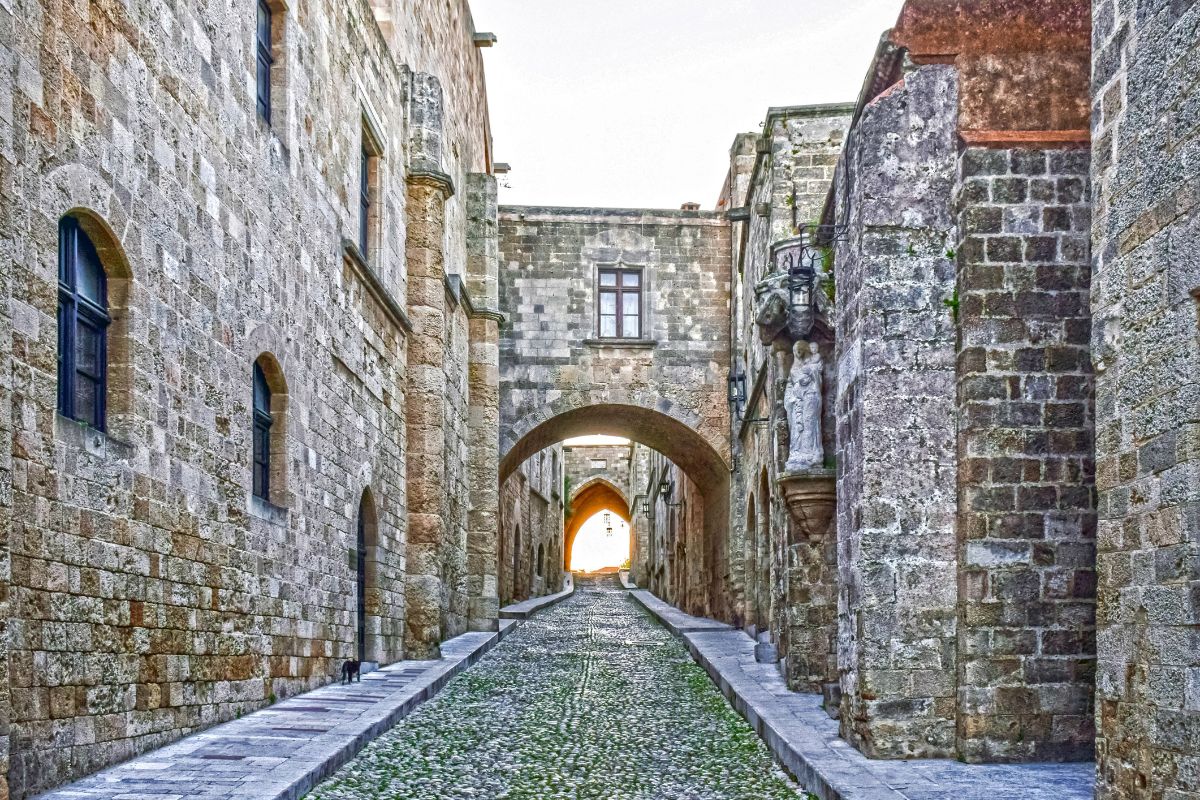
Medieval City of Rhodes
Step into a story about knights in the lovely Mediterranean. The City of Rhodes is a UNESCO World Site that takes you back to when the Knights Hospitaller, a strong Catholic military group, ruled the island. Walk around the winding cobblestone streets. Stroll by the big gates and the strong walls. Check out the Palace of the Grand Master, a great example of Gothic architecture. Imagine knights in armor watching from the towers. See merchants selling goods in a busy market. Hear the sounds of swords hitting shields during tournaments.
The Order of St. John of Jerusalem occupied Rhodes from 1309 to 1523 and turned the city into a stronghold. Later, the city came under Italian and Turkish occupation. With the Palace of the Great Lords, the Hospital, and the Way of the Knights, the Upper Town is one of the most beautiful urban centers of the Gothic period. However, in the Lower Town, Gothic architecture coexists harmoniously with mosques, public baths, and other buildings of the Ottoman period.
Journey to Medieval Greece here.
Archaeological Site of Mystra
The ruins of Mystras sit on a hill and overlook the Peloponnese region. They offer a touching view of the last days of the Byzantine Empire. This place is important and recognized by UNESCO. It used to be a lively spot for art, culture, and religion. Now, it serves as a ghostly reminder of a lost empire.
As you walk through the old buildings of palaces and churches, you can see beautiful frescoes. These artworks display the skill of the Byzantine era. You can visit the Palace of the Despots and imagine how monks would chant at a nearby monastery. You can also enjoy the frescoes in the Church of Peribleptos, known for their beauty and deeper meaning.
Moria, the miracle of Moria, was built as a fortress in 1249 by the King of Achaia William of Villehardouin. The Byzantines recaptured it. Later, the Turks and Venetians conquered it. In 1832 they abandoned the city, leaving fascinating medieval ruins to stand in a location of exceptional beauty.
The White Tower in Thessaloniki
The White Tower stands tall by the water in Thessaloniki. It is a well-known site that has witnessed a lot of the city’s rich history. The Ottomans built it in the 15th century. It has had several roles, such as a fortress, a prison, and a place for executions. Today, it is a museum that provides stunning views of the city and the Aegean Sea. When you reach the top, you can explore Thessaloniki’s history. It starts from its Roman times, goes to its peak during the Byzantine era, and continues afterward. The museum shows many items that reveal the city’s rich past. You can find artifacts and listen to stories that make history feel real.
Find out the Best Things to do in Thessaloniki here!
Early Christian and Byzantine Monuments of Thessaloniki
Thessaloniki, the second most important city in Greece, was one of the first centers of the spread of Christianity. Its Christian monuments include pre-Christian temples and three-aisled royal churches. They constitute a timeless typological series, which significantly influenced the Byzantine world. Nevertheless, the mosaics of the Rotunda, St. Demetrius, and St. David are among the most important masterpieces of early Christian art.
Read our Ultimate 3-Day Thessaloniki Guide for the best itinerary!
Archaeological Site of Aigai – Vergina
Visit the Vergina Archaeological Site, where you can see the Royal Tombs of Aigai. This place is all about Macedonian royalty. It is recognized as a UNESCO site. You will find the well-preserved tomb of Philip II, who was the father of Alexander the Great. This find surprised many people in the archaeological field.
The city of Aigai was the first capital of the Kingdom of ancient Macedonia. In the 19th century, it became clear that ancient Macedonia is near Vergina in Northern Greece. Furthermore, the most important monuments are the Palace and the burial site, some of which date from the 11th century BC. Moreover, the mosaics and frescoes that decorate the Palace are exquisite. In addition, they have tombs at the site. One of the royal tombs in the Great Tomb is the tomb of Philip II. Finally. he conquered all Greek city-states, paving the way for his son Alexander and the spread of the Hellenistic world.
Explore the underground tombs and enjoy the treasures inside. The tomb of Philip II has a great collection of gold items, weapons, armor, and a beautiful golden larnax that holds his remains. The site also has the tombs of other Macedonian kings and family, showing a fascinating look into their lives and customs.
Mount Athos
Orthodox spiritual center since 1054, Mount Athos has enjoyed a status of autonomy since the Byzantine era. “Mount Athos“, the entrance to which is forbidden to women, has also been recognized as a landscape of artistic value. However, the layout of the monasteries (a total of 20, inhabited by about 1400 monks) has affected monasteries far away (such as those in Russia) and their school of hagiography has significantly influenced the history of Orthodox art.
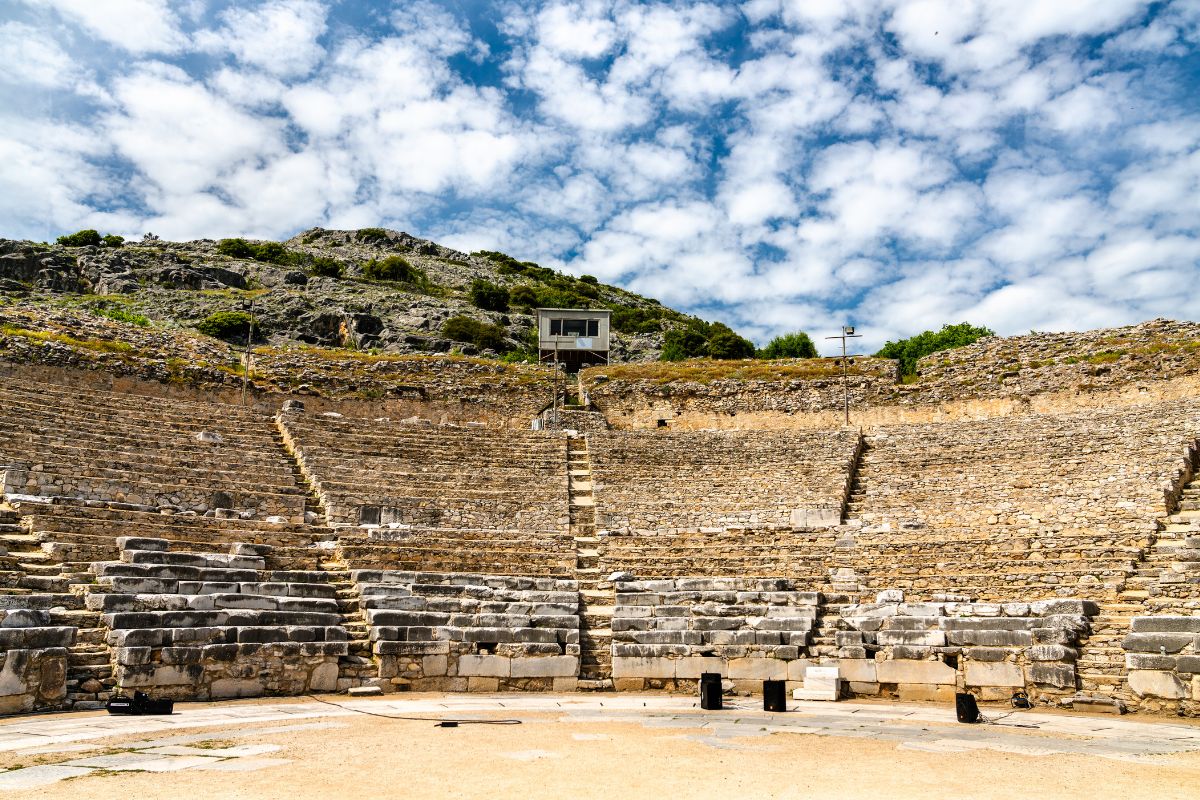
Temple of Apollo Epicurius at Bassae
The famous temple dedicated to the god of healing and the sun is from the 5th century in the steep mountains of Arcadia. The temple, with the oldest Corinthian capital, ever found, combines Archaic style with Doric Rome, with some bold architectural features.
Monasteries of Daphni, Hosios Loukas and Nea Moni of Chios
Despite their significant geographical distance (the first in Attica, the second in Fokida, and the third in the Aegean) these three monasteries belong to the same typological order. The churches have a large dome. The small arches support their large domes creating an octagonal space. In the 11th and 12th centuries, the churches had a variety of decorations, colorful orthomarble, mosaics on a gold background, all characteristic of the “second Byzantine Period”.
Heraion of Samos
From the 3rd millennium BC. many cultures have inhabited this small Aegean island near Asia Minor. The ruins of Pythagorion, an ancient fortified port with Greek and Roman monuments and an impressive aqueduct, as well as Heraion, the temple of Hera of Samos, are still open to the public.
The Historic Centre (Chorá) with the Monastery of Saint-John the Theologian and the Cave of the Apocalypse on the Island of Pátmos
Patmos, in the Dodecanese, is famous as the island where Saint John the Theologian wrote the Gospel and the Apocalypse. A monastery dedicated to the “beloved student” was discovered on the island in the late 10th century. Since then it has been a place of pilgrimage and a station of Greek Orthodox learning. The monastery complex dominates the island connecting the old settlement of Chora that includes religious and folk buildings.
Corfu Old Town
The Old Town of Corfu with its two fortresses, the old and the new, and with traces of multiple influences, is located at the entrance of the Adriatic Sea and has been inhabited since antiquity until today. Due to its strategic location, Corfu developed into an important port that protected the island from repeated sieges. The Old Town of Corfu is one of the most important fortified cities in the Mediterranean.
Archaeological Site of Philippi
The ancient city of Philippi was founded on the edge of the swamps that covered the southeastern part of the Drama plain. Additionally, the city of Philippi is the most important archeological site of Eastern Macedonia. Its first inhabitants were settlers from Thassos, who founded the colony of Krinide in 360 BC. Finally, the city flourished during the Hellenistic years.
Greece has many famous landmarks that show its rich history and beautiful buildings. The Acropolis in Athens and the Temple of Poseidon at Sounion are just two of these must-see historical sites in Greece. Each place has its own story for you to learn. You can explore the ruins at Delphi, admire the Meteora Monasteries on the cliffs, and walk through the old City of Rhodes. These locations reflect Greece’s past and invite visitors to enjoy their beauty up close. Start your journey and see the wonders of ancient Greece. Plan your trip today to feel the charm of these important monuments in Greece.
Feeling Ready?
From our blog

Visiting Athens with Kids: A helpful Guide
READ MORE
Paros for Seniors: Tips and Itinerary
READ MORE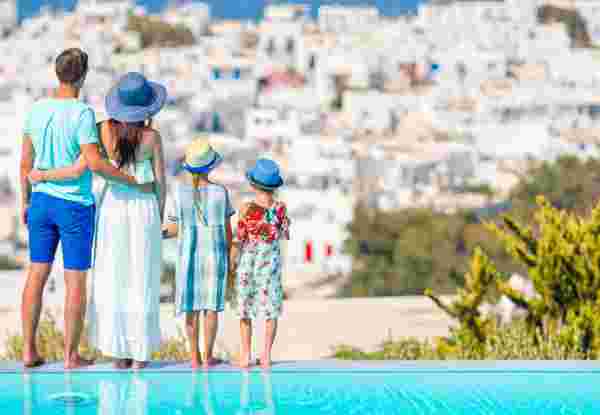
Best Resorts in Greece for Families: Your Ultimate 2025 Guide
READ MORE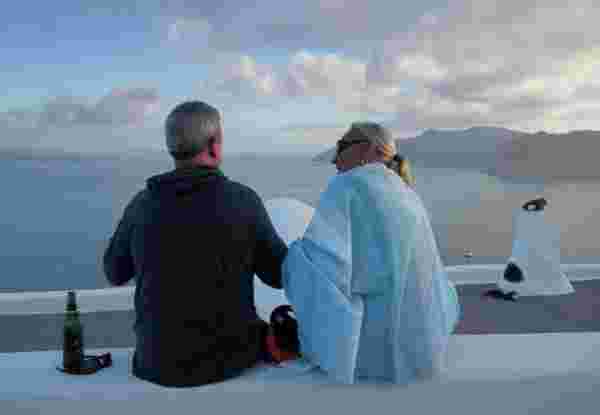
How to Enjoy Santorini for Seniors
READ MORE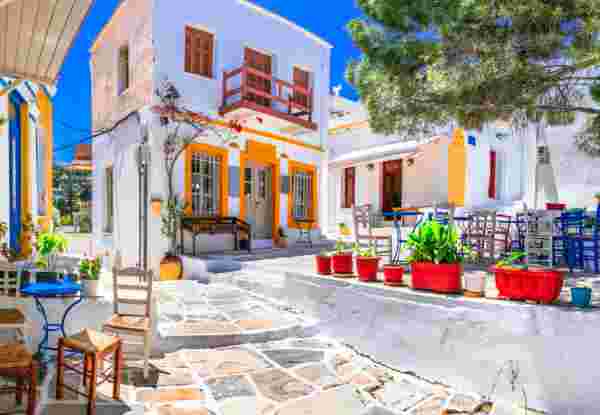
Honeymoon in Paros Island
READ MORE
Rome Travel Guide: What to Do, When to go and Where to Go
READ MORE
The Best Greek Islands for Couples, According to a Luxury DMC
READ MORE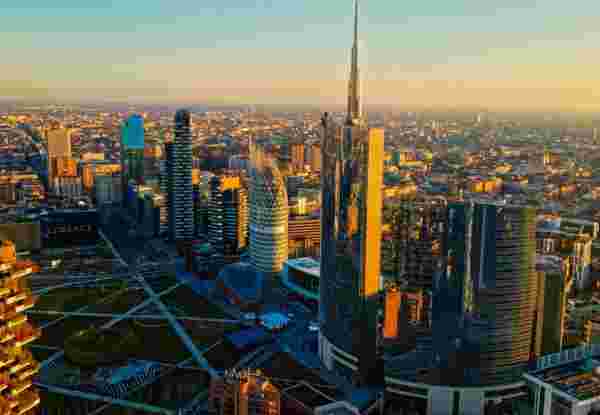
Discover Milan: Top Attractions
READ MORE
Athens in February Travel Guide
READ MORE